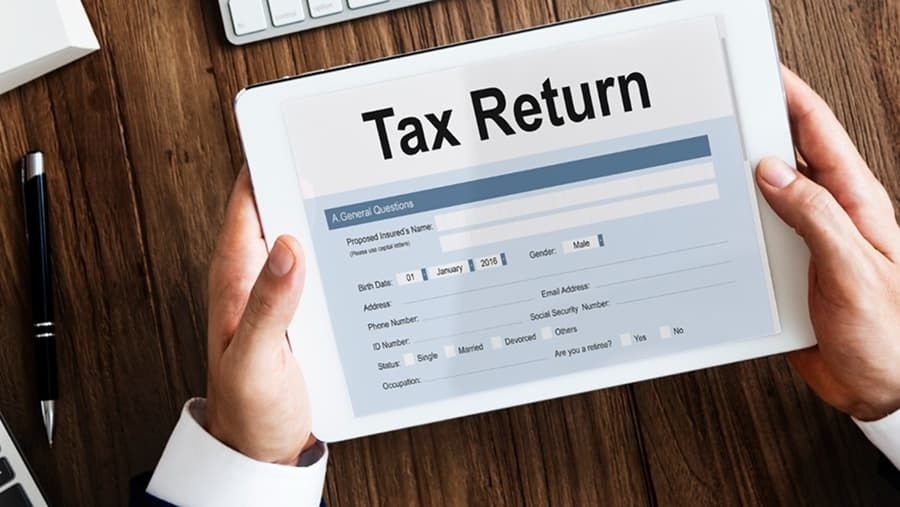What Is a Tax Refund?
A tax refund is a refund from the government to a taxpayer who has overpaid taxes for a given fiscal year. Tax refunds are not uncommon, culturally, in many countries, including the US, Canada, and UK. Here is more about tax refund.

How Does a Tax Refund Work?
Tax refunds come when the tax paid for the year, during the year, is less than the actual annualized tax liability computed by the tax return. There are a number of reasons for this breaching the overpayment line:
1. Withholdings from Paychecks for Taxes
In many countries, employers automatically withhold income taxes from employees' paychecks according to what employees earn and what they provide in tax forms (like W-4 in the US). If too much is withheld — because of incorrect withholding allowances, bonuses or multiple jobs — the taxpayer may qualify for a refund.
2. Estimated Tax Payments
People who are self-employed such as freelancers typically make quarterly estimated tax payments. If those payments total more than their actual tax bill, they will get a refund.
3. Tax Credits and Deductions
Tax credits (for example, the Earned Income Tax Credit or the Child Tax Credit) and deductions (like student loan interest or mortgage interest deductions) lower taxable income or reduce tax liability directly. If the adjustments lead to an overpayment, the taxpayer gets a refund.
4. Refundable and Non-Refundable Credits
Refundable tax credits (such as the Additional Child Tax Credit) give taxpayers a refund if they exceed the taxpayer's liability. If using non-refundable credits (e.g., the Lifetime Learning Credit), those contributions only reduce tax liability to zero; they will not be refunded above and beyond that.
Why Do People Receive Tax Refunds?
Various reasons cause taxpayers to pay the tax more than required (either intentionally or unintentionally):
1. Fear of Underpayment Penalties: Some people just overpay to avoid penalties for under-withholding.
2. Compulsory Saving Device: Some people see tax refunds as forced savings, even if it's essentially lending money to the government at no interest.
How Are Tax Refunds Issued?
Tax refunds are usually issued in one of a few forms:
1. Direct Deposit: The quickest way, generally takes a few weeks to process after you file.
2. Paper Check: Received by mail, but takes longer to arrive.
3. Prepaid Debit Cards: Refunds are issued by some governments as reloadable cards.
4. Applied to Next Year's Taxes: Taxpayers can opt to apply the refund towards next year's taxes.
How Receiving a Tax Refund Can Benefit/Hurt You
l Advantages
1. Lump Sum: It works like an annual bonus, which may prove very helpful in repaying debt or making expensive purchases
2. Prevents Underpayment Penalties: Stay in line with tax laws.
3. Promotes Tax Compliance: Motivates taxpayers to file true and correct returns.
l Disadvantages
1. Interest-Free Loan to the Government: Overpaying is a lost opportunity to earn investment returns.
2. Extra Time to Get Your Hands on the Money: The money could have been put to use during the year.
3. Risk of Errors or Fraud: Scammers can sometimes target refunds via identity theft.
How to Change Your Withholding If You Want to Avoid Big Refunds
Taxpayers can take steps to avoid over-withholding, including:
1. Adjust their W-4 (or comparable form) to present actual exemptions.
2. Use the IRS Tax Withholding Estimator (or equivalent in other countries).
3. Calculate and pay estimated tax payments if self-employed.
A tax refund is money returned to taxpayers who have paid more than their annual tax liabilities. Whenever refunds arrive, many welcome it as a boon, but fine-tuning your withholdings can equalize an improved cash flow instead during the year. Knowing how refunds work enables people to make better decisions about tax planning and personal finances.








